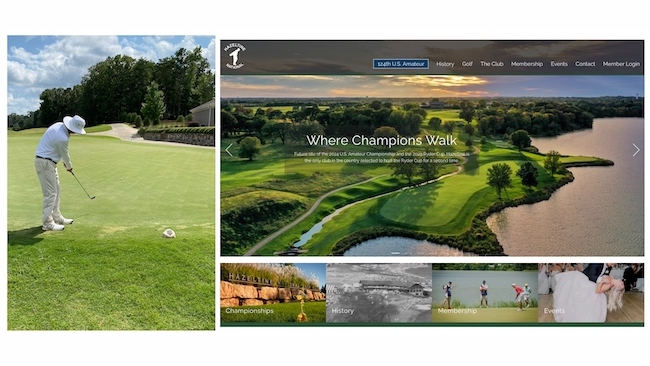How to Discover New Membership Opportunities in Your Club’s Contact Database
Reaching club capacity and establishing a membership waitlist is every membership director’s dream.
3 min read
 Amanda Weldon
:
Jan 18, 2024 1:30:00 PM
Amanda Weldon
:
Jan 18, 2024 1:30:00 PM

While numerous clubs possess a CRM, a significant number lack a universally embraced lead management process, leading to outdated or unreliable information within the CRM. This oversight not only compromises the quality of leads but also leaves potential revenue untapped. Without a cohesive strategy to engage and re-engage these leads (and members), valuable opportunities slip through the cracks.
Establishing a lead management process is crucial for optimizing your CRM and streamlining the re-engagement process. If you haven't implemented such a process yet, you’re not alone. While we suggest prioritizing this as your first step, we recognize the time and effort this requires. To help, we created some easy-to-follow steps you can begin implementing today to develop a sound re-engagement strategy for your leads.
First things first, start by assessing the data in your CRM. Who are your active and inactive prospects? What do you know about them thus far? The first step to re-engaging your leads is to identify who they are, how they got there, and what actions they’ve taken. Create a list within your CRM of everyone who you consider to be a lead. Definitions of leads may vary but for this example, let’s say leads are anyone who has yet to become a member. This should be denoted by the lifecycle stage property within your CRM or via sales activity data within your CRM.
Next, take a look at how many of these leads would still be considered “active.” This is dependent as the average time for a lead to become a customer varies for each organization. This matters because one sales team may deem a lead “inactive” after 2 months of no activity while another team may not deem a lead “inactive” until after 6 months of no activity. Leads who are active versus inactive may require different strategies for re-engagement, particularly when it comes to messaging.
Your CRM can provide this information based on properties like last activity date, last email open date, etc. In addition, CRM providers like HubSpot offer tips and tricks to keeping your database clean to make this a more automated process and save you time.
The next step is going to largely depend on your club. If you have multiple service areas (i.e. membership, events, catering, etc.), you may decide to take your list of leads and segment them by this property within your CRM. Another example is segmenting based on where the leads are within the buyer’s journey. Identifying the stage of your lead in the buyer's journey is crucial for tailoring your re-engagement strategy. If a lead has only visited the website a few times and downloaded top-of-the-funnel content (like a membership guide), they require more nurturing. In contrast, a lead who has visited frequently and downloaded top and middle-of-the-funnel content may be closer to the consideration stage. Meanwhile, someone who regularly visits, downloads multiple assets, and submits a bottom-of-the-funnel form (like scheduling a tour) is likely in the decision-making stage.
Understanding your leads and where they are at in their buyer's journey is key to crafting a targeted re-engagement strategy.
Once you have your segmented leads lists, the next order of business is to revisit and evaluate your personas, including their pain points, challenges, fears, passions, and more. This will equip you with the tools you need to develop content that inspires them to act. This may be the most important step in developing a sound re-engagement campaign. According to HubSpot, marketers who offer customers a personalized experience are 215% more likely to say their marketing strategies are effective than those who don’t.
If your club targets multiple personas (i.e. families, corporate members, social members), prioritize by focusing on the most significant revenue opportunity. No matter where you start, the most important part is starting. When in doubt, lean into why your club is the solution to their challenge.
Remember when outlining your strategy to take into consideration where the lead is at in their buyer’s journey, what information you already know about them via your CRM properties (web pages visited, items downloaded, service area interests, etc.), and what you can infer about them via your persona development.
Don’t leave money on the table by only focusing on leads who have submitted ''Contact Us'' forms. A robust lead management process can minimize the ongoing uncertainty of knowing where your next members are coming from.

Reaching club capacity and establishing a membership waitlist is every membership director’s dream.

Are you looking for new ways to increase golf club membership? If so, one tactic you can deploy is a re-engagement campaign. Re-engagement campaigns...

Your club’s website should be the home and heart of your marketing efforts–the place to kindle all new and existing relationships. It can and should...